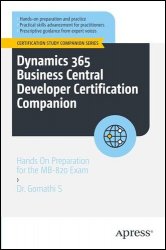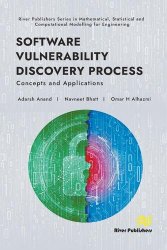 Название
Название: Distributed Artificial Intelligence for 5G/6G Communications: Frameworks with Machine Learning
Автор: Iacovos Ioannou, Vasos Vassiliou, Prabagarane Nagaradjane, Christophoros Christophorou
Издательство: CRC Press
Год: 2025
Страниц: 261
Язык: английский
Формат: pdf (true), epub
Размер: 16.6 MB
The aim of this book is to delineate the challenges faced by new generation mobile networks, such as 5G and forthcoming 6G, and introduce the concept of addressing these challenges through the development of a novel Distributed AI (DAI) framework. The book proposes a distributed AI approach to handle these complexities effectively. Distributed Artificial Intelligence for 5G/6G Communications: Frameworks with Machine Learning aims to provide a comprehensive understanding of the proposed DAI framework, its architecture, implementation, and application in the context of D2D communication in 5G and beyond networks. It showcases how the framework can enhance decision-making, control, and communication performance while considering both static and dynamic network environments. This book is intended for professionals that specialize in designing, implementing, and maintaining communication networks such as telecommunications/ communication engineers, wireless engineers. The book's emphasis on incorporating AI and ML techniques in the proposed framework also makes it of interest to computer and software engineers working in Artificial Intelligence and Machine Learning engineers.
 Название: Граф Суворов. Книга 3
Название: Граф Суворов. Книга 3















 Название: Звездная Кровь. Тинг
Название: Звездная Кровь. Тинг Название: Звездная Кровь. Дикая Охота
Название: Звездная Кровь. Дикая Охота





